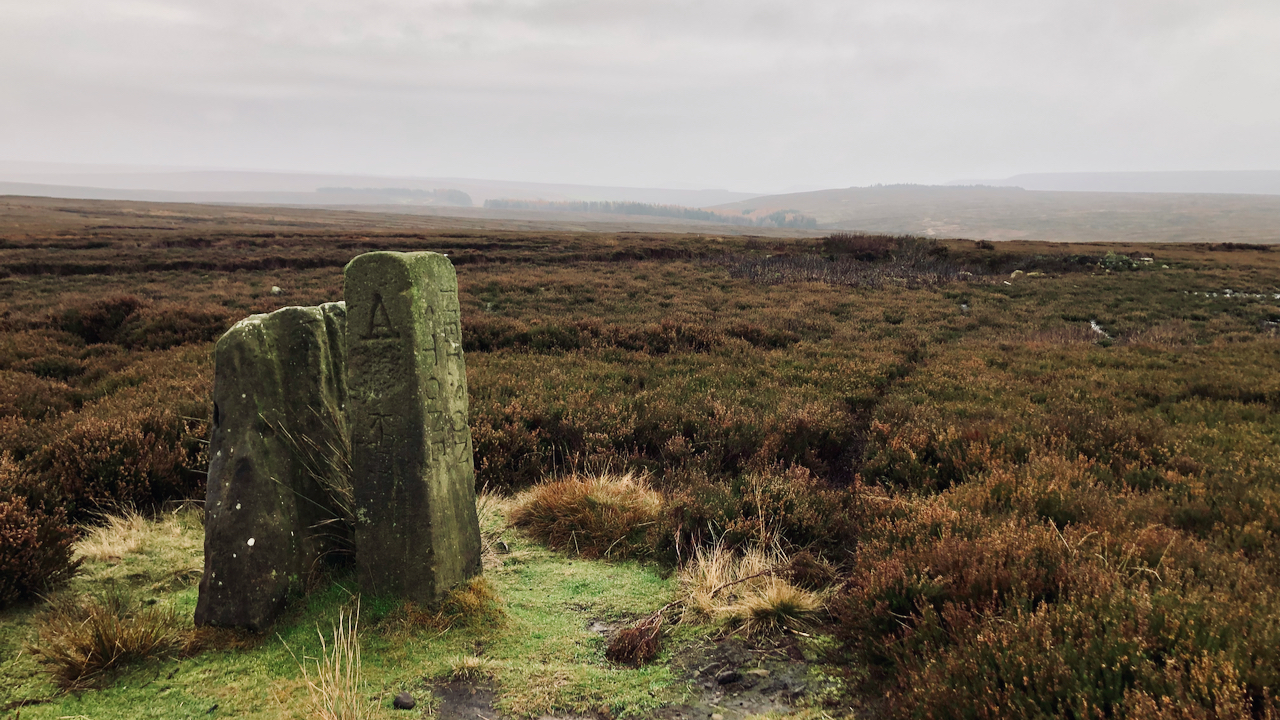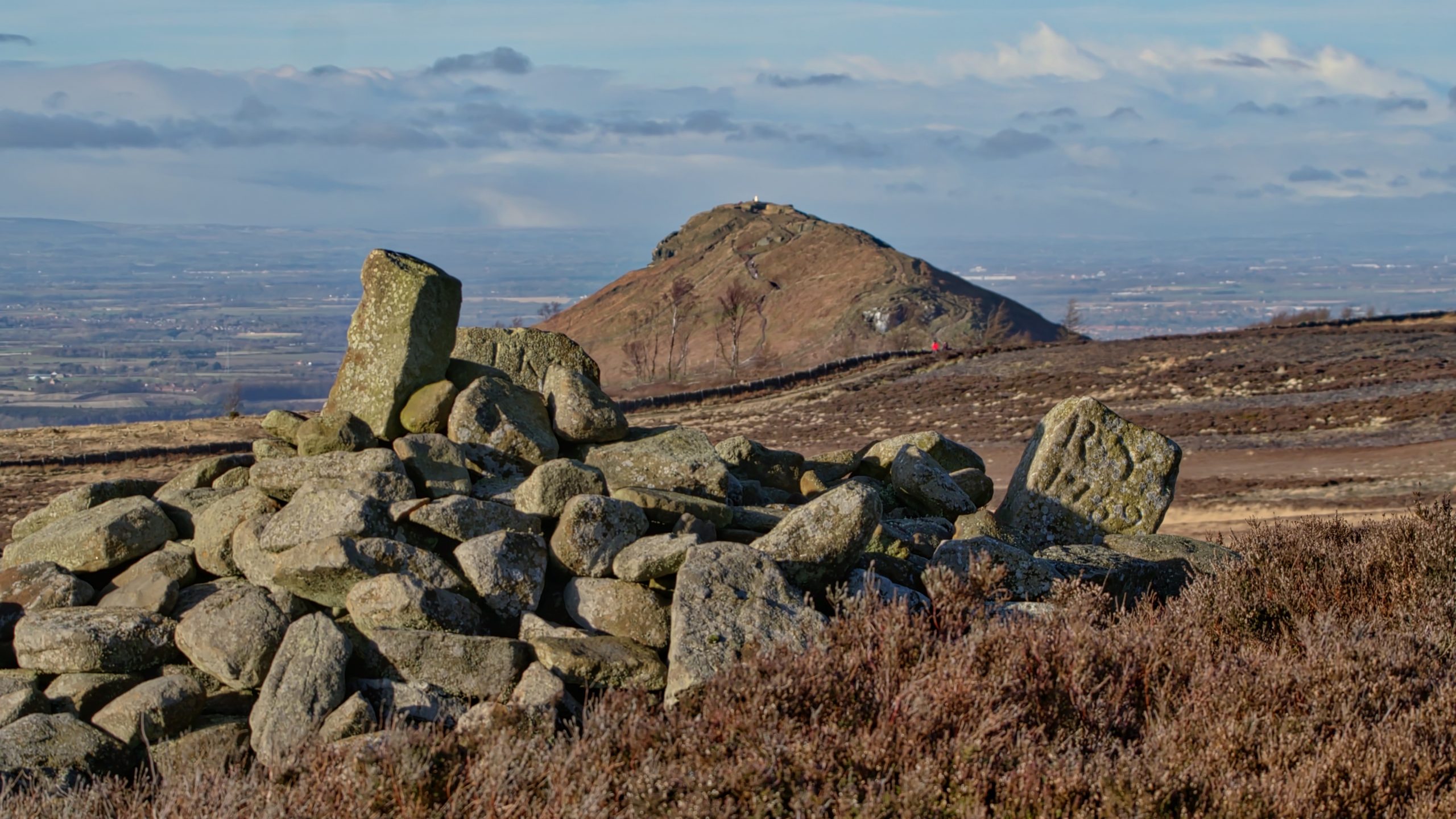Tag: boundary stone
-

Where was I?
A very gloomy morning with low cloud covering the moors. So a “where was I?” conundrum for you at this festive time. But please, no spoilers, I will reveal the answer after Xmas. As you can see, the photo is of a stone boundary marker on some moorland and inscribed with the initials and year…
-

Neil’s Howe
It was pleasing to see the Nelson Stone restored to its correct postion. Or should I say the 19th-century boundary stone. One of the last times I was here, in 2017, it had vanished. I learnt later it had unceremoniously been dumped in a nearby pond. That act of vandalism must have taken some doing.…
-

Stone Ruck
A rather dull morning but I somehow managed to miss the downpour. The high moors have somewhat woolly boundaries. Sometimes they follow the meandering of streams and other natural features, elsewhere they may be a straight line between landmarks drawn in an office or mapped as “Undefined”. The parish boundary between Whorlton and Bilsdale West…
-

A pair of boundary stones
Earlier this week, I wrote about ‘The Race’, a leat built in the early 18th-century to capture water from the Esk side of Great Ayton Moor. There’s more here. This boundary stone is located just inside the forestry boundary next to ‘The Race’ above Hell Gill. It is inscribed ‘TC 1860’, which refers to Admiral…
-

There’s some good snow drifts on Carr Ridge …
… on the way up to Urra Moor. Solid enough to bare my weight … almost. It was fun until the crust gives way and I end up with a face plant. The ruined dry-stone wall marks the boundary between the parishes of Bilsdale Midcable and Ingleby Greenhow and a dressed stone declares the land…
-

Boundary Stone, Great Ayton Moor
The sun was shining on Great Ayton Moor this morning through a skylight in the cloud. North, south, east and west, there were banks of broody grey cloud. It looked like rain was falling to the north. I am at the highest point, 318 metres above sea level. A 19th-century boundary stone tops the ‘summit’.…
-

Boundary Stone, Great Ayton Moor
A roughly dressed boundary stone, probably limestone, and inscribed “RY 1752”. This probably stands for Ralph Yoward who became Lord of the Manor of Hutton following the death of his father in 1751. When Henry VIII dissolved Gisborough Priory in 1539, it was the fourth richest religious house in Yorkshire. The priory land at Hutton…
-

Cairn with two boundary stones
A glorious day. My attention was diverted by a pair of mewing buzzards but they kept too distant for my camera. So back to earth, on Newton Moor, one of a pair of Bronze Age round cairns with two partly buried boundary stones. One is inscribed “TKS 1815” and the other stone “RY 1752” on…

